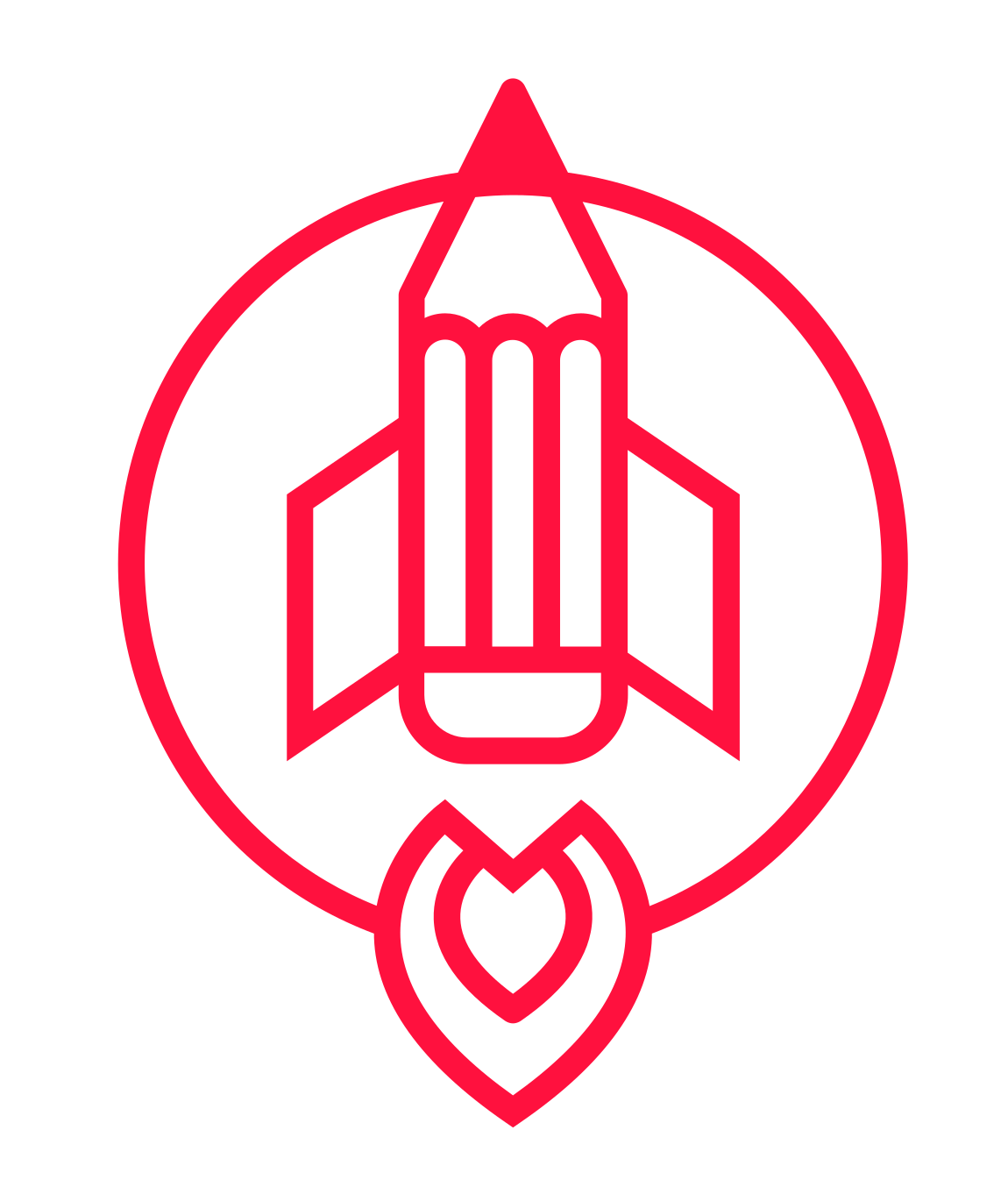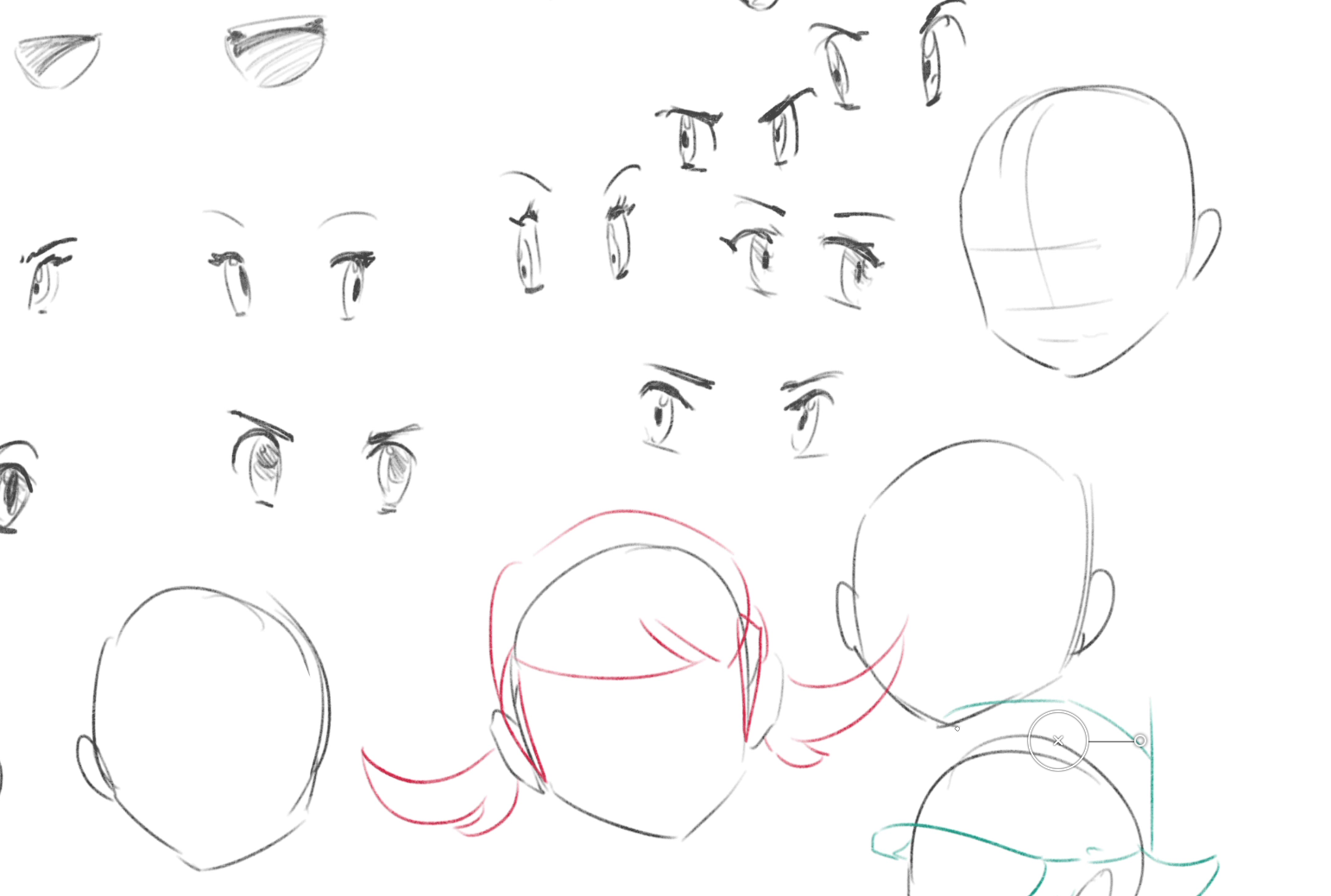Learn to draw for beginners
Learn to Draw for Beginners
Are you interested in learning to draw but don't know where to start? Look no further than thebeginnerdrawingcourse.com! These step-by-step program is designed specifically for beginners who have little to no prior experience in drawing.
Before you begin, it's important to have the right materials. We recommend starting with a set of basic pencils, erasers, and sketch paper at minimum. Otherwise if you’ve got a graphics tablet and a digital artwork software it's time to dive in!
These Intro Videos will Serve you Well when you’re just starting out:
The course starts with the basics of drawing, including understanding shapes, proportions, and shading. We then move on to more advanced techniques such as perspective, composition, and figures drawing.
These lessons are designed to build upon each other, so it's important to follow them in order.
One of the most important things to remember when learning to draw is to practice, practice, practice!
Set aside time each day to work on your skills and don't be afraid to make mistakes. Every artist started out as a beginner, so don't get discouraged if your drawings don't turn out perfectly at first.
In addition to our online course, we also offer a community forum where you can connect with other beginners and share your progress. Our instructors are also available to answer any questions and provide feedback on your work - the community is solely through the ARTMAXION course bundle.
Whether you're interested in drawing as a hobby or pursuing it as a career, thebeginnerdrawingcourse.com is the perfect place to start. Sign up today and start your journey to becoming a skilled artist!
Focused Practice - Make Every Minute Count!
One of the most important aspects of learning to draw is practicing with focus. This means that it's not just about putting in the hours, but also about practicing intentionally. Setting specific goals for each practice session and working on areas that you want to improve on is key. For example, if you struggle with drawing hands, set aside time to focus specifically on that. By practicing with intention, you'll be able to track your progress and see improvement faster.
Personal Projects Prove Practice
Once you have a good grasp of the fundamental concepts and techniques of drawing, it's important to apply them to personal projects. This will help you develop your own style and apply the techniques you've learned to real-world scenarios. Don't be afraid to challenge yourself and take on projects that may be outside of your comfort zone. The more you practice, the more you'll improve and the more confident you'll become in your abilities.
It’s okay to FAIL. Seriously. It’s safe.
Remember, learning to draw takes time and effort, but it's also a rewarding and fulfilling experience. With the right mindset and approach, anyone can become a skilled artist. It's important to take breaks and not get overwhelmed, as it's crucial to enjoy the process of learning and not get discouraged by any setbacks. Drawing is a form of self-expression and creativity, so have fun with it and let your imagination run wild.
You can Always take the Free Starter Lessons to kick your learning journey forward into high-gear!
https://www.thebeginnerdrawingcourse.com/free-lessons
In Conclusion
Remember, it's not just about putting in the hours, but also about practicing intentionally and applying what you've learned to personal projects. The more you practice, the more you'll improve and the more confident you'll become in your abilities. So keep practicing, stay curious, and most importantly, have fun with it!
Whenever you're ready, there are 2 ways I can help you:
1. Grow & Sharpen Your Drawing Skills here. (1,800+ students)
2. Build better Paintings and get Commissions here. (500+ students)
Happy Drawing!
-Tay





